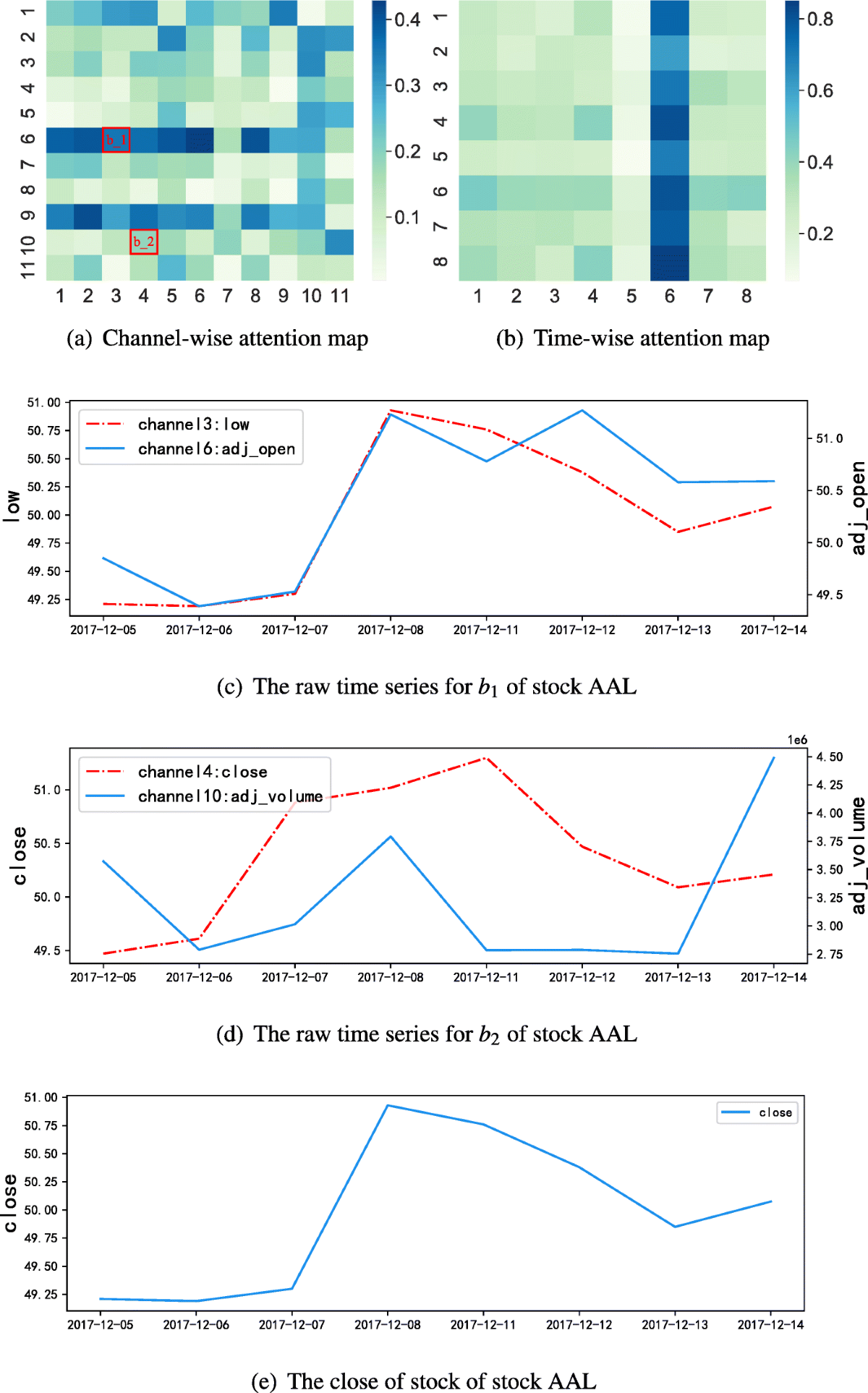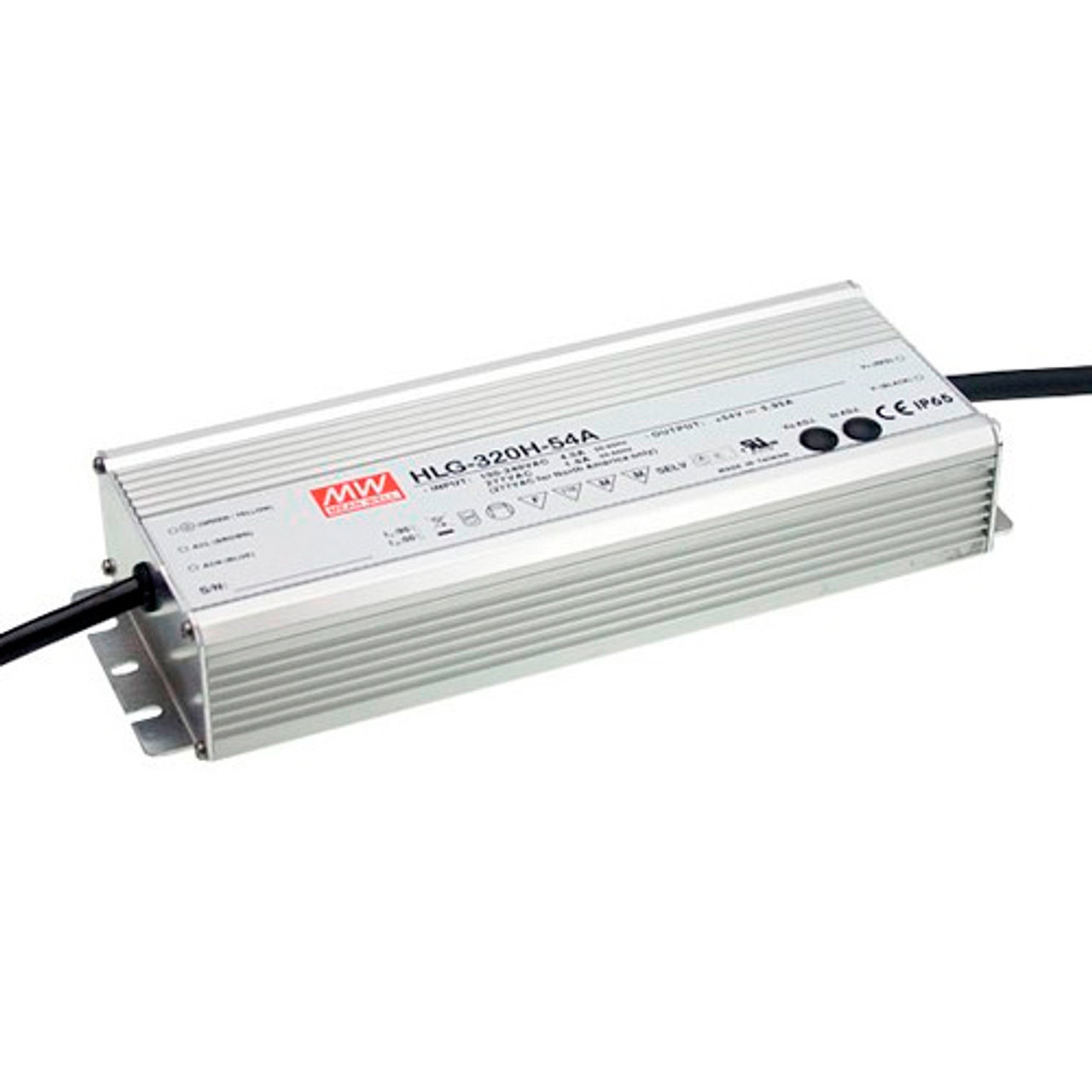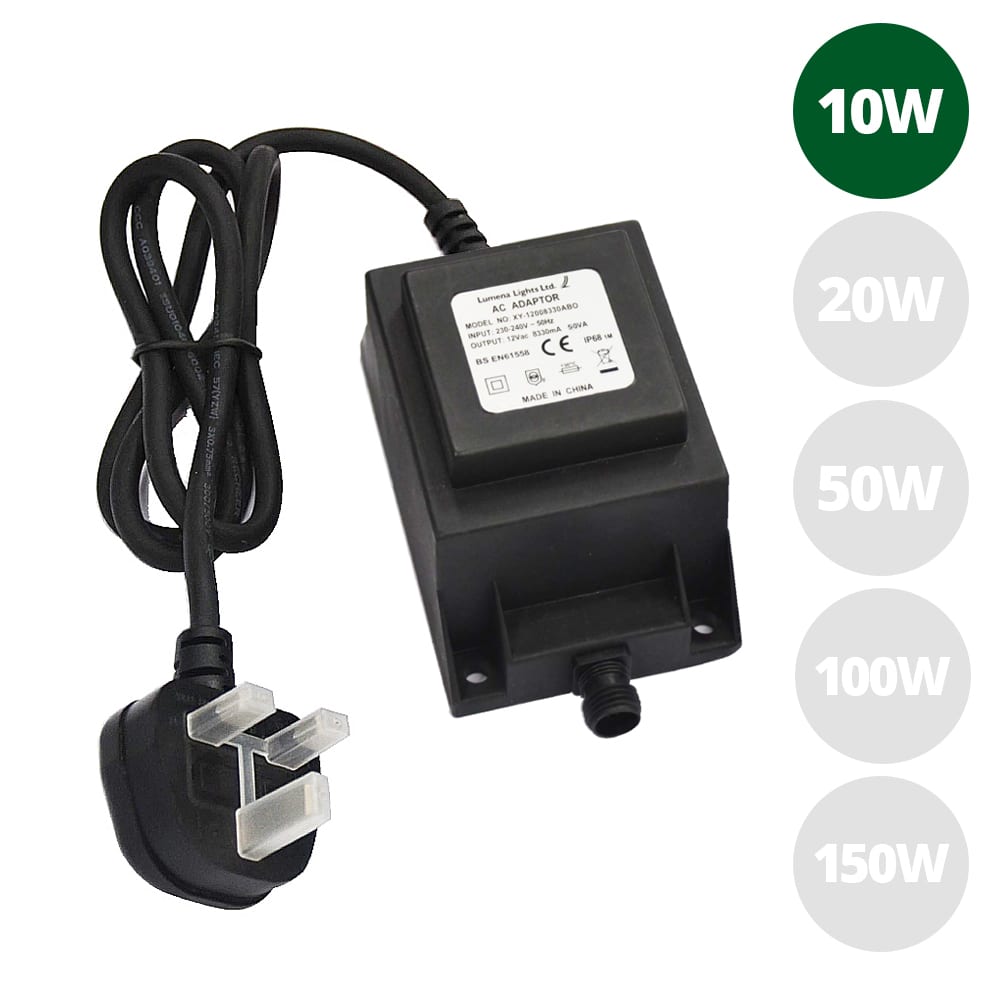Navigating the Niche: Understanding Thinly Traded Power Transformer Stocks
Ever heard the phrase “hidden gem” in investing? Sometimes, those gems are tucked away in corners of the market that don’t get much fanfare. Today, we’re going to dive into one such area: thinly traded power transformer stocks. It might sound a bit dry, but understanding these unique investments can actually open up some fascinating opportunities, even if they come with a bit more of an adventurous ride.
What Exactly Are Thinly Traded Stocks?
Let’s start with the basics. When we talk about a stock being “thinly traded,” we simply mean that it doesn’t see a whole lot of buying and selling activity on a daily basis. Think of it like a quiet country road compared to a bustling motorway. On a motorway, there’s constant traffic, lots of cars coming and going. That’s a “liquid” stock – easy to buy or sell quickly without much fuss.

Now imagine that quiet country road. Not many cars, right? If you want to buy a car on that road, you might have to wait a while for a seller to show up, and when they do, the price might be a bit different than what you expected. The same goes for selling. That’s a thinly traded, or “illiquid,” stock. There aren’t many buyers or sellers around, so it can be harder to get your orders filled at the exact price you want, and prices can sometimes jump around quite a bit on even small trades.
Why Are Power Transformer Stocks Sometimes Thinly Traded?
Power transformers are crucial pieces of equipment. They’re what take the electricity generated at power plants and step it up (or down) to the right voltage for transmission across the grid, and then eventually, to your home or business. It’s a fundamental part of our modern world, and the industry is growing due to increased demand for electricity, renewable energy integration, and aging infrastructure needing upgrades. So, why would stocks in such an important sector be thinly traded?
Well, the power transformer industry isn’t like, say, consumer electronics. It’s not a market where thousands of new companies pop up every year. It’s a specialized, capital-intensive business. Many of the big players are established, large corporations with widely traded stocks. However, there are smaller, often more specialized companies in this space. These might be:

Niche manufacturers: Companies that focus on a very specific type of transformer, perhaps for industrial applications or renewable energy projects.
These smaller, more focused businesses might have fewer shares available to the public, or simply less investor attention, leading to lower trading volumes.
Characteristics of Thinly Traded Power Transformer Stocks
So, what should you expect if you’re looking at these kinds of stocks?

Wide Bid-Ask Spreads
Imagine you’re at an auction. The “bid” is the highest price someone is willing to pay, and the “ask” (or offer) is the lowest price someone is willing to sell for. In a highly liquid stock, that gap between the bid and ask is tiny, maybe just a few pennies. With a thinly traded stock, that “spread” can be much wider. You might see a stock bid at $10.00 and asked at $10.50. That 50-cent difference is the cost of doing business, and it can eat into your profits if you’re not careful.
Price Volatility
Because there are fewer trades, even a relatively small buy or sell order can have a big impact on the stock price. If someone decides to buy a decent chunk of shares, the price could jump up significantly. Conversely, if a large holder decides to sell, the price could tumble. This can be exhilarating if the move is in your favor, but equally nerve-wracking if it goes against you. Think of it like a small boat on a big ocean – easily tossed around by the waves.
Limited Information
Larger, more widely traded companies are constantly in the news, covered by analysts, and have a wealth of public information available. Thinly traded companies, especially smaller ones, might not get that kind of attention. This means you, as an investor, will often have to do a lot more legwork to research the company, understand its financials, and assess its future prospects. It’s like finding a needle in a haystack, but the reward can be substantial if you unearth something truly undervalued.
Potential for Manipulation
While less common and certainly illegal, the low trading volume in thinly traded stocks can, in rare cases, make them more susceptible to “pump-and-dump” schemes. This is where unscrupulous individuals artificially inflate the stock price through misleading promotions (“pumping”) and then sell their shares when others buy in, leaving later investors with losses (“dumping”). This is why thorough research and due diligence are absolutely paramount when considering any thinly traded stock.
The Allure: Why Even Consider These Stocks?
Given the risks, you might be wondering why anyone would bother with thinly traded power transformer stocks. Well, here’s the exciting part:
Untapped Value
Because these stocks are often overlooked by big institutional investors and mainstream analysts, they can sometimes be significantly undervalued. You might find a solid company with great fundamentals that’s just flying under the radar. This is where the “hidden gem” idea really comes into play. If you do your homework and discover a diamond in the rough, the potential for significant gains can be much higher than with widely followed stocks.
Growth Potential
Many thinly traded companies are smaller, which means they often have more room to grow. A small contract win or a new product line can have a much larger percentage impact on their revenue and profits compared to a massive, established corporation. In the growing power transformer market, a small innovator could rapidly expand its market share.
Acquisition Targets
Larger companies are always looking for ways to expand, acquire new technology, or enter new markets. A well-run, specialized, thinly traded power transformer company could become an attractive acquisition target for a larger industry player. If this happens, existing shareholders could see a nice premium on their investment.
A Deeper Dive into the Power Transformer Industry
To understand the potential of these stocks, it’s helpful to have a grasp of the broader power transformer industry. The global power transformer market is projected to grow steadily over the next few years. This growth is being driven by several key factors:
Aging Infrastructure
In many developed countries, existing power grids are old and in need of significant upgrades. This includes replacing or refurbishing old transformers, which presents a consistent demand for new units.
Renewable Energy Integration
The global shift towards renewable energy sources like solar and wind power requires substantial investment in new grid infrastructure, including specialized transformers designed to handle intermittent power flows and connect distributed generation sources to the main grid. This is a huge growth driver for the industry.
Increasing Electricity Demand
Globally, electricity consumption continues to rise, driven by population growth, urbanization, and the increasing electrification of transportation and industrial processes. More electricity means more transformers are needed to transmit and distribute it.
Smart Grids
The development of “smart grids” – electricity networks that use digital technology to monitor, control, and optimize power delivery – also creates demand for more advanced, often digitally-enabled transformers.
These industry tailwinds suggest a positive long-term outlook, which could benefit even the smaller, thinly traded companies within the sector.
Investing in Thinly Traded Power Transformer Stocks: A Cautious Approach
So, you’re intrigued. Before you jump in, remember that “opportunity” in this space often rhymes with “risk.” Here’s how to approach it smartly:
Do Your Homework (and Then Some!)
Since there’s less information readily available, you need to become a detective. Scour their financial reports, press releases, and any news articles you can find. Look at their balance sheet, income statement, and cash flow. Understand their products, their market niche, and their competitive landscape. Don’t rely on speculation; rely on facts.
Understand the Management Team
In smaller companies, the management team plays an even more critical role. Are they experienced? Do they have a clear vision? Do they have a good track record? Look for signs of strong leadership and a commitment to shareholder value.
Assess the Business Model
Is the company’s business sustainable? Do they have a competitive advantage? Are their products in demand? How are they innovating to keep up with industry trends like smart grids and renewables?
Be Patient (Very Patient!)
Thinly traded stocks aren’t for day trading. Getting in and out quickly can be challenging due to the lack of liquidity. You need to be prepared to hold these investments for the long term, perhaps years, to see their full potential. Think of it as planting a tree – it takes time for it to grow.
Start Small
Don’t put all your eggs in one thinly traded basket. If you decide to invest, start with a small position that you’re comfortable losing, just in case things don’t go as planned. Diversification is always a good idea, but especially so with riskier assets.
Use Limit Orders
When you place an order to buy or sell a thinly traded stock, don’t just use a “market order” (which means you’ll buy or sell at whatever the current price is). Instead, use a “limit order.” This allows you to specify the maximum price you’re willing to pay to buy, or the minimum price you’re willing to accept to sell. This protects you from those wide bid-ask spreads and sudden price swings.
Consider the Exit Strategy
Before you even buy, think about how you’d sell if you needed to. Because of the illiquidity, you might not be able to exit your position quickly or at your desired price, especially in a downturn.
Examples (Not Recommendations!)
While I cannot provide specific stock recommendations, understanding how to look for these companies is key. You’d typically be looking for smaller market capitalization companies that are involved in the manufacturing, maintenance, or upgrading of power transformers. These might be listed on smaller exchanges or sometimes even over-the-counter (OTC) markets, which generally carry even higher risks and less regulatory oversight.
Remember, the goal here is not to tell you what to buy, but to explain how these types of stocks fit into the broader investment landscape and what considerations are paramount.
Conclusion
Thinly traded power transformer stocks represent a fascinating, albeit higher-risk, corner of the market. They’re not for every investor, and they demand a significant amount of independent research and a long-term perspective. However, for those willing to put in the effort, the power transformer industry’s robust outlook, driven by infrastructure needs, renewable energy integration, and increasing global electricity demand, could provide fertile ground for finding truly undervalued companies that eventually get the recognition they deserve. Just remember the watchwords: research, patience, and caution. Navigate this niche wisely, and you might just uncover a hidden powerhouse.
5 Unique FAQs After The Conclusion
1. How does global electrification trends specifically impact the growth potential of thinly traded power transformer companies compared to larger players?
Global electrification, especially in developing nations and the push towards electric vehicles, creates a massive demand for new grid infrastructure. While larger companies might secure the biggest government contracts, thinly traded power transformer companies often specialize in niche segments, custom solutions, or smaller regional projects. This allows them to capture a proportional share of this growing market, sometimes even experiencing more rapid percentage growth due to their smaller revenue base and agility in adapting to localized demand or specific technological requirements for new electrification initiatives, such as smart city deployments or rural grid extensions.
2. Can technological advancements in smart grid components, like digital transformers, lead to a re-rating or increased liquidity for currently thinly traded transformer stocks?
Absolutely. If a thinly traded power transformer company is at the forefront of developing or implementing cutting-edge digital transformers or other smart grid components, this technological edge could significantly increase investor interest. Successful innovation and adoption of such technologies could lead to higher revenue, improved profitability, and increased visibility. This newfound attention from institutional investors and analysts could then drive up trading volumes and potentially lead to a “re-rating” of the stock, where the market assigns a higher valuation multiple, thus increasing liquidity.
3. What role do government infrastructure spending initiatives play in boosting the prospects of these smaller, less-traded transformer manufacturers?
Government infrastructure spending initiatives, particularly those focused on upgrading aging power grids or expanding renewable energy infrastructure, can be a huge boon for smaller, thinly traded transformer manufacturers. While larger firms often win mega-contracts, government programs frequently allocate funds to a diverse range of suppliers, including smaller, specialized companies that can provide unique solutions or serve specific regional needs. These initiatives can provide a stable pipeline of projects, improve order books, and lend credibility to these less-known companies, indirectly attracting more investor attention.
4. How can a retail investor, without access to institutional research, effectively identify and vet potential thinly traded power transformer stocks?
For retail investors, effective identification and vetting of thinly traded power transformer stocks involve a multi-pronged approach. Start by using stock screeners to filter by market capitalization (typically small-cap or micro-cap), industry (electrical equipment, industrial machinery), and trading volume (low average daily volume). Once a list is generated, dive deep into company financial statements (10-K, 10-Q reports if applicable, or annual reports), management discussions, and publicly available news. Look for consistent revenue growth, healthy profit margins, and manageable debt. Due diligence also includes understanding their customer base, competitive advantages, and any patents or unique technologies they possess. Forums and specialized investment communities might offer insights, but always cross-reference information and conduct your own independent analysis.
5. What are the typical catalysts that could transform a thinly traded power transformer stock into a more widely recognized and liquid investment?
Several catalysts could transform a thinly traded power transformer stock into a more recognized and liquid investment. A major catalyst could be sustained, strong financial performance, demonstrating consistent revenue growth and profitability. Securing significant new contracts, especially with large, reputable clients, can also attract attention. Technological breakthroughs, such as patents for highly efficient or smart transformers, could put them on the map. Strategic partnerships or joint ventures with larger industry players could signal validation. Finally, an acquisition offer from a bigger company is a common way for thinly traded stocks to experience a sudden surge in liquidity and value, as the acquiring company often aims to integrate the smaller entity and its shares into a larger, more liquid structure.


